Tags: Stars
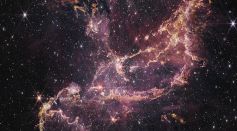
Young Star in Small Magellanic Cloud 200,000 Light Years Away Gets New Insight With JWST Recent Image Release
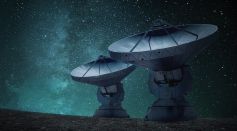
Extraterrestrial Life Forms Might Be Waiting for the Right Time to Contact Earth, New Study Suggests
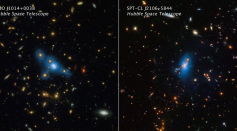
Hubble Space Telescope Detects 'Ghost Light' From Wandering Stars Scattered Across the Cluster
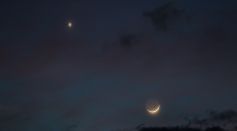
What's up in the Sky This Month? Astronomical Events in January 2023 Feature 2 Conjunctions, Stars, Comet

James Webb Space Telescope Unveils PEARLS Program, Showing Exquisite Views of Distant Galaxies
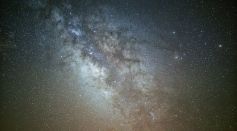
Astronomers Looking Into the 'Poor Old Heart of Milky Way' That Formed 12.5 Billion Years Ago

NASA's James Webb Space Telescope Photo of the Cosmic Cliffs Shows Unseen Young Stars 7,500 Light-Years From Earth

Stellar “Glitching” Catches the Attention of Astronomers
Bizarre Gamma-ray Burst Reveals Undetected Neutron-Star Mergers That May Shed Light on the Production of Heavy Elements in the Universe
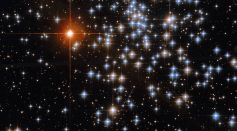
Sparkling Star Cluster NGC 2660 Seen by Hubble Space Telescope

James Webb Space Telescope's First Deep Field Image Reveals the Earliest Galaxies in the Universe

Hubble Space Telescope Captures Glowing Ring of Stars From a Pair of Entwined Galaxies
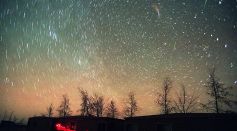
Leonid Meteor Shower Set To Light Up the Night Sky This Week; Here's When and How To Watch It

What Are the Chances of a Black Hole Hitting Earth? Here's What To Expect if That Happens

Astronomers Identified What Stars Look Like Before They Die, Developing Early Warning System for Supernova

New 3D Visualization of Cat's Eye Nebula Hints Dying Stars' Complexity [Look]
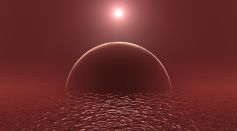
Red Sky Paradox: Scientists Present New Theory on the Rarity of Earth's Life
First 3D Model of Exoplanet Orbiting Its Star Offers Clues on How Planets in Binary Systems Form

Hubble Space Telescope Captures Gas in Motion, Star Formation Towards a Nearby Galaxy

Super-Fast Mapping Device Will Help Scientists Analyze the Origins of Milky Way Galaxy
Most Popular

10 Weird Things the Human Body Does—and the Science Behind These Biological Mysteries

Why Mega Typhoons Keep Getting Stronger: The Science Behind Typhoon Formation and Extreme Weather

Top Space Technology Trends and Aerospace Innovations Revolutionizing the World Today

How Plate Tectonics Trigger Earth's Most Dangerous Disasters Through Powerful Seismic Hazards





